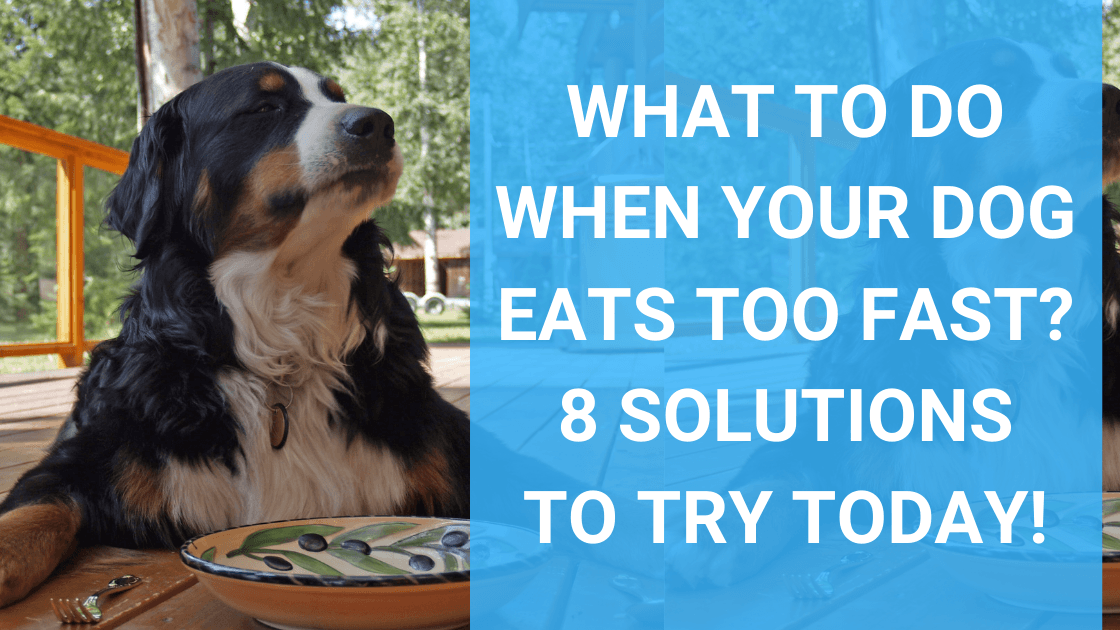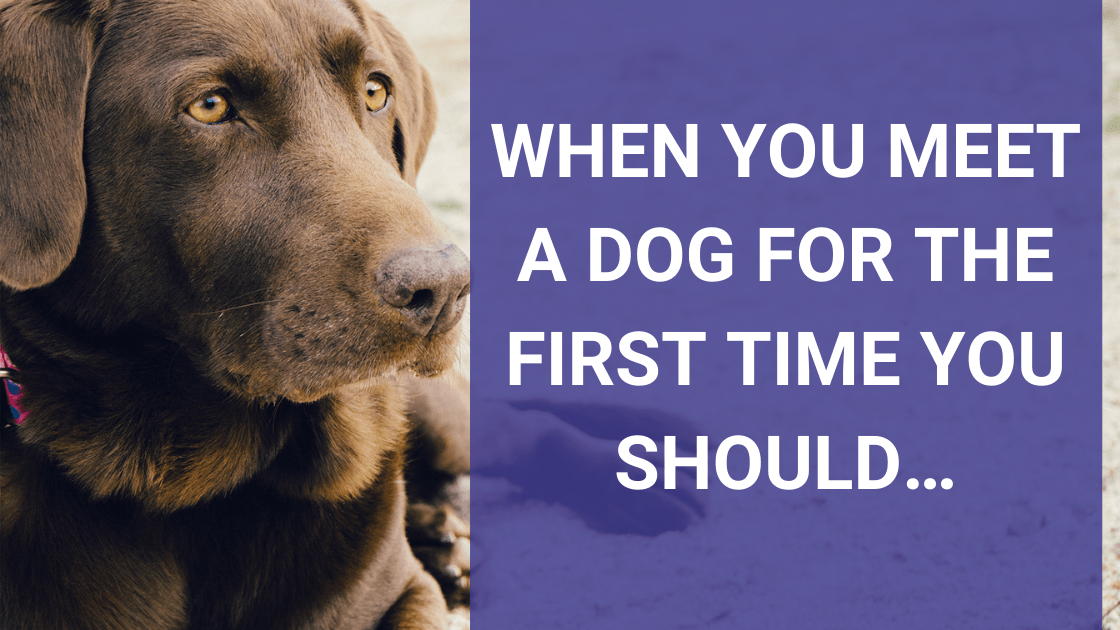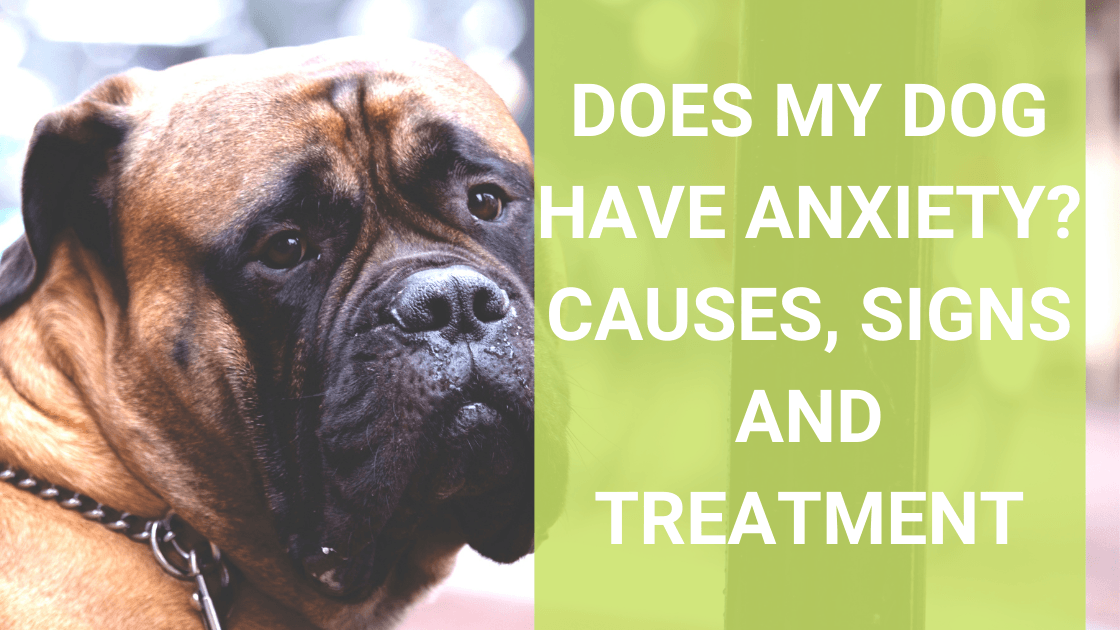If you're like me, you watch your dog inhale a bowl of food and wonder if they even chewed. Some dogs just eat so dang fast! And if you’re here, I know you’re looking for solutions.
So, what can you do when your dog eats too fast? There are actually a number of strategies you can do to slow down dog eating. The top recommendations include products like food mazes and puzzles, scattering their food, and hand feeding.
Today we’re going to cover the topic completely. Let’s learn about why some dogs eat so fast, potential risks associated with quick eating, and of course, discuss details of what you can do to prevent the behavior.
Let’s slow down that dog eating. It will reduce their risk of health complications like bloat and choking, and maybe even help with their horrible gas and potential weight gain. Read on!
Why do dogs eat so fast?
Because dogs can’t explain their behaviors and symptoms to us (wouldn’t that be nice), I always think diving into the why behind dog behaviors is helpful. Here are the most common reasons for fast eating in dogs.
1. Food insecurity
Dogs that have not had regular access to food often develop fast eating habits. This might originally start because of extreme hunger and not knowing when they can expect their next meal. It’s common to see this in adopted dogs and shelter dogs.
In addition to fast eating, dogs with a history of food insecurity may be driven to constantly seek food. These dogs might go through the trash, counter surf, rip open dog food bags, and other obsessive food-seeking behaviors.
2. Irregular feeding times
Sometimes dogs eat fast due to irregular feeding times. This is different than outright food insecurity or starvation but is driven out of uncertainty. If your dog’s meals happen at unpredictable times, they may eat very fast and have a sense of unknown about when their next meal is coming. Quite frankly, they may also be really hungry!
Sticking to a regular feeding schedule or routine is important for your dog. It can eliminate eating issues, destructive behavior, and dog anxiety. For many, weekends and travel can throw off the regular routine. Try setting reminders to help you stick to your weekday routines every day of the week.
If you work irregular hours, considering hiring help or looking into an automatic feeder for time that you can’t be there during mealtimes.
3. Competition with other dogs
Multi-dog households may notice fast eating because the dogs feel in competition with each other. This might be especially true if you have a clear hierarchy among your dogs, or one dog with a history of food insecurity or other eating disorder.
A simple solution to this is feeding dogs separately and giving a set amount of time for dogs to eat. Pick up every dog's food at the end of mealtimes to discourage food competition.
4. Underlying health issues
Sometimes, you may notice your dog suddenly eating much faster. If this is the case, don’t ignore the behavior! Underlying health issues like diabetes, Cushing’s disease, thyroid, and other hormonal imbalances can cause increases in hunger which leads to faster eating and weight gain.
5. Personality
And then there are the dogs who just eat fast! Certain breeds are known for being more food driven than others and may just be fast eaters. I’m looking at your Labradors.
Problems when dogs eat too fast
When dogs eat too fast, it can cause potential issues with digestion and weight gain. One of the most immediate and noticeable side effects of fast eating is gas. In fact, bad gas is what leads a lot of people to learn more about dogs who eat too fast in the first place!
Let’s take a look at a complete list of potential side effects and risks of fast eating in dogs:
- Gas
- Regurgitation
- Weight Gain
- Food Seeking
- Bad breath and Dental Issues
- Bloat
- Other Digestive Issues
- Choking
How to slow down dog eating? 8 Solutions!
1. Slow feed bowls
Slow feed bowls, also known as food mazes, are effective for a lot of dogs. Basically, the food gets spread throughout a narrow maze-like design on the surface of the bowl. It forces your dog to eat slower because they have to work to get the kibble out of the grooves.
Some dogs quickly figure these types of bowls out, or they tip or flip the bowl to access the food more easily. But for many these do the trick!
2. Food puzzles
Similar to a maze, food puzzles make getting to the food more challenging for your dog. Many food puzzles are in the shape of a ball or tube. Some are flat and have different lids that your dog needs to lift up to access the food inside.
3. Foraging mats
Foraging mats, sometimes called snuffle mats, are basically a very high-pile, shag-like rug that lays on the ground. You hide your dogs kibble among the shaggy surfaces and they have to work a little harder to eat their food.
There are foraging mats available for sale, but you can also do it yourself with a high-pile, shaggy bathmat and see the same effects!
4. Hand feeding
If you are with your dog all the time, hand feeding is one of the most effective ways to slow down their eating and up their mental stimulation. You can hand feed at meal times, or measure out their food for the day and have them earn the food throughout the day with expected behavior and training. A few pieces or handfuls of kibble here and there over the course of many hours.
Hand feeding forces them to slow down because you are giving their food in increments. Furthermore, there is a huge mental/working component that working breeds love.
5. Cookie sheet or muffin tin
If you want to try something right away, look no further than your kitchen cabinet. Many owners find cookie sheets or muffin tins effective for helping their dog slow down.
Spread their kibble across the surface of a cookie sheet to up the mealtime challenge. A muffin tin can be used to spread their usual amount of food among smaller, harder to access areas.
6. Scatter their food
Another idea you can try immediately is a scatter method. Try scattering your dog’s food across the kitchen floor or yard. It will take them much longer to eat the same amount of food when they need to sniff it out and eat it off of a flat surface.
7. Nose work for food
You can hide small amounts of your dog’s meal in various spots around the house or yard. This turns mealtime into nose work. It’s great because it slows down their eating and gives them some good mental stimulation.
8. Smaller, more frequent meals
Lastly, you can try feeding your dog the same overall quantity of dog food over the course of more mini-meals. The idea is that even if they’re still eating fast it’s a smaller quantity which reduces the risk of issues like choking, regurgitation, or bloat.
This is particularly helpful for puppies that eat too fast or owners who are home with their dogs all day.
Figure out what helps your dog slow down eating
Once you get your dog to eat slower, you’re sure to notice an improvement in digestive symptoms. What’s more, you can stop worrying about more serious risks like bloat and choking.
With these 9 solutions, there’s sure to be one that will work to slow your dog down. You can try a few different methods, and even switch it up to keep them on their toes! In addition to discouraging fast eating, many of these ideas are also highly stimulating for your dog. It’s a win, win all around.



